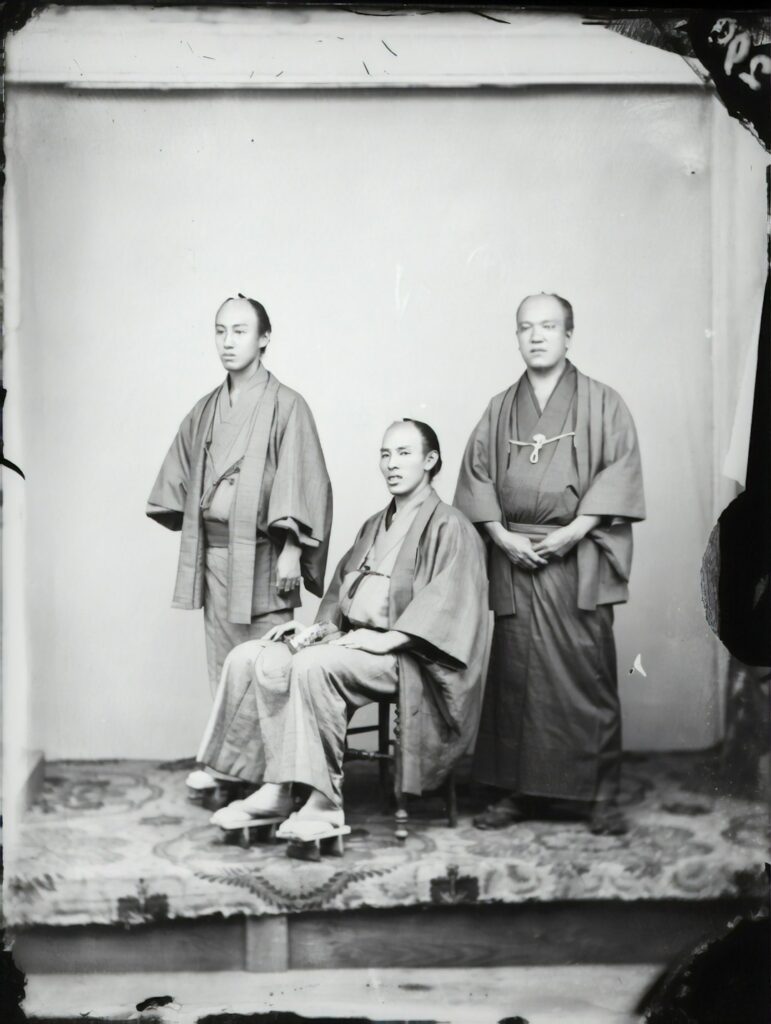Japan’s iconic hot springs, or onsen, are celebrated worldwide—but in 2025, a new trend is bubbling beneath the surface: “micro onsen.” These hidden gems, often tucked away in remote villages or untouched corners of the countryside, offer utterly unique experiences far from the crowds of mainstream hot spots. This article offers an insider’s guide to Japan’s micro onsen boom, unveiling their appeal, the secret locations locals love, immersive experiences, the rise of sustainability, and how to visit these authentic retreats respectfully.
What are “Micro Onsen”? The 2025 Trend and Its Allure
In 2025, “micro onsen” has emerged as the buzzword among discerning travelers and Japanese locals alike. Unlike sprawling onsen resorts, micro onsen are intimate hot spring facilities—often with just a handful of rooms or even a single private bath—set in rustic or rural environments. Their growing popularity is rooted in a craving for authenticity and solitude. With most offering natural thermal springs, rich local history, and a chance to escape the trappings of modern life, these retreats are cherished for their deep sense of tranquility and strong ties to local culture. For wellness seekers who wish to avoid the crowds and truly immerse in Japan’s traditions, micro onsen are the go-to destinations in 2025.
Where Locals Go: Deep-Dive into Kusatsu, Tottori, Yunomine, and More
When it comes to finding the truly exceptional, ask a local. Kusatsu Onsen in Gunma is a UNESCO-recognized hub of geothermal activity, but its outskirts now shelter tiny, centuries-old bathhouses known only to in-the-know visitors. In Tottori, tucked away in soaring mountains, you’ll find secluded wooden inns with baths blessed by unspoiled forest air and mist. Down south in Yunomine—a sacred site within the Kumano Kodo pilgrimage—time slows to the pace of the surrounding cedar groves, and micro onsen with just one or two private tubs allow for undisturbed introspection. Beyond these famous names, local guides are bringing attention to lesser-known onsen villages, where communal baths, riverside stones, and hand-hewn cabins provide an authentic spa experience hidden from the mainstream.
Unique Experiences: Private Baths, Local Flavors, Heritage, and Nature Immersion
What sets micro onsen apart is their deeply personal approach to hospitality. Imagine soaking in your own private bath carved into volcanic stone, surrounded by whispering bamboo, as a gentle mountain breeze drifts through a shoji screen. Dinner is an event in itself: fresh river fish grilled over charcoal, handpicked mountain vegetables, and meticulously prepared local specialties served in the intimate dining rooms of a traditional ryokan (inn). Many micro onsen are housed in lovingly renovated farmhouses, exuding old-world charm with exposed wooden beams and tatami mats. The boundaries between indoors and outdoors are blurred, inviting guests to reconnect with both nature and Japanese tradition. It’s not just bathing—it’s a full sensory journey.
Sustainable Onsen Culture: Community, Ecology, and Evolving Hospitality
The micro onsen boom isn’t just a trend; it’s also a movement toward sustainability and community revitalization. Many of these establishments are family-run, drawing on generations of know-how to protect local water sources and minimize environmental footprints. Initiatives like naturally-filtered baths, low-impact construction, and community partnerships mean that your stay supports rural economies and cultural preservation. As foreign travelers seek “slow travel” experiences and meaningful encounters, micro onsen operators are adapting—welcoming outsiders while maintaining respectful boundaries, and sometimes even involving guests in seasonal village events or conservation efforts. This mindful approach ensures that the magic of Japan’s hot springs is preserved for generations to come.
How to Enjoy Micro Onsen: Essential Etiquette and Trend Tips for 2025
For the full micro onsen experience, knowing the basics of Japanese bathing etiquette is essential: always wash before entering the bath, keep towels out of the water, and maintain a quiet, contemplative atmosphere. Many micro onsen require advance reservations, as capacity is limited and privacy is emphatically prioritized. Don’t be afraid to strike up a gentle conversation with the owner—some may share secrets about hidden locations, the best times for outdoor bathing, or seasonal food delights. In 2025, new trends are emerging such as mixed-gender families-only sessions, eco-bath amenities, and onsen-themed local workshops. By respecting traditions and embracing the slow rhythm of rural Japan, you’ll find an experience far more profound than any guidebook can offer.
Ready to go beyond the steam? Japan’s micro onsen await—hidden, humble, and brimming with stories cherished by those who seek the real heart of Nippon.







